One of the most common questions we get through our email helpdesk is “Can I get an FFL for personal use?” Well, as a firearms attorney with years of experience working with the ATF, representing hundreds of FFLs across the country, and helping many thousands of people get their Federal Firearms License, I can give […]
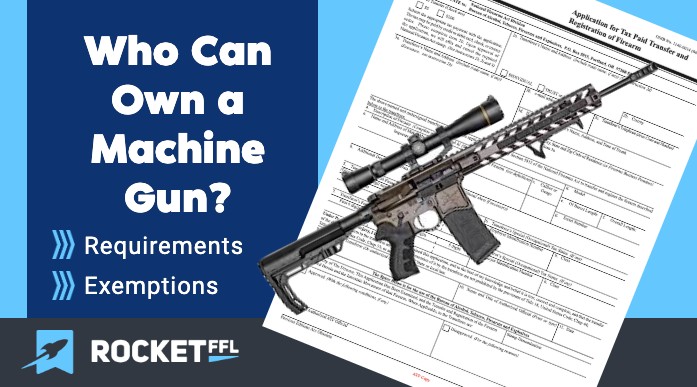
Who Can Own a Full-Auto Machine Gun?
Are Machine Guns Legal?
Contrary to popular belief, it is perfectly legal for a law-abiding citizen of the United States to own/possess a machine gun (sometimes called a full-auto firearm or automatic weapon).
This fact drives organizations like the Giffords Law Center and the Brady Center to Prevent Gun Violence crazy. Thankfully, no matter how much they support every gun control attempt and weapons ban, we currently have a Supreme Court that seems to recognize the strength of the Second Amendment.
The absolute easiest way is for someone to get a Federal Firearms License or “FFL” (even a home-based FFL ).
Depending on the type of FFL, and if the FFL-holder becomes an Special Occupational Taxpayer (SOT) the FFL-holder can purchase and sell machine guns, regardless of when they were made (more on this below), and they can even legally make their own machine guns or lawfully convert current firearms into full-autos. The best part about getting an automatic weapon as an FFL is that you can get it at dealer cost and fast.
Even without an FFL, a private citizen can still lawfully own a true machine gun if certain conditions are met. However, machine guns for non-FFLs are EXTREMELY expensive as the available supply is limited.
As an FFL, you can buy a brand new machine gun for less than $2,000 and have it transferred to you in a few days.
As a private citizen (without an FFL) you can only buy an old machine gun (over 35 years old), it’ll likely cost north of $15,000, and you’ll have to wait around a year for the transfer via an ATF Form 4.
For example, a private citizen can lawfully own a machine gun only if:
- the possessor isn’t a “prohibited person,”
- the full-auto machine gun was made before 1986, and
- their relevant state law does not ban that the firearm (whether banning machine guns outright or any firearm with certain features).
As you can see, machine gun possession by non-FFLs is regulated based on the person (possessor), the firearm itself (when it was made), and where the firearm is possessed (which state).
In this article, we’re going to cover:
As with everything, there are a some exceptions to those requirements.
For example, someone can lawfully possess a machine gun made this morning if it is in connection with their duties as a government or law enforcement official, or if they have their Federal Firearms License (FFL) and have either made or possess the machine gun for possible sale to government/law enforcement personnel.
To make or sell machine guns (and other NFA firearms like silencers) the FFL must also be an SOT. This is sometimes incorrectly referred to as having a class 3 license.
Full-auto machine guns fit into a certain class of firearms called National Firearms Act of 1934 (NFA) firearms.
These NFA firearms have extra regulations and controls. For example, unlike with “standard” firearms, NFA firearms (such as machine guns, silencers, etc.) are registered with the federal government and tracked from lawful owner to lawful owner – permission must be obtained prior to the transfer of these types of firearms and the ATF keeps a log of all currently registered NFA firearms.
Machine Gun Owners
Machine gun owners, or any gun owners for that matter, can’t be “prohibited persons.”
Well, to be more accurate, a “prohibit person” can’t lawfully possess a machine gun – ownership is irrelevant.
A “prohibit person” is a class of person defined under federal law who is not allowed to possess firearms nor ammunition (not just full-auto machine guns).
The category “prohibited person” includes anyone who:
- is a felon
- has been convicted of any crime punishable by more than a year in prison (whether or not they were ever sentenced to or served a day in prison)
- is under indictment for any crime punishable by more than a year in prison
- is a fugitive
- is an unlawful user of any controlled substance
- has been adjudicated as a mental defective
- has been committed to a mental institution
- is an illegal alien
- has a dishonorable discharge from the military
- has renounced their U.S. citizenship
- is the subject of a restraining order restraining the person from harassing, stalking, or threatening an intimate partner or the child of an intimate partner, or
- who has been convicted of a misdemeanor crime of domestic violence
There’s a few nuances that you might need to be aware of if you think that any of these apply to you – especially the “convicted of any crime punishable by more than a year,” “unlawful user of a controlled substance,” and “restraining order” provisions. If you’d like to learn more about these prohibited person categories, see Prohibited Persons / Firearm Possession.
Legal Machine Guns
In 1934, the National Firearms Act (NFA) was passed which restricted machine gun possession, among other types of firearms.
These “special” firearms received extra regulations because of the gang violence of the time. The Bureau of Alcohol, Tobacco, Firearms, and Explosive (ATF), then a part of the Dept. of Treasury, was able to regulate this special class of firearms by requiring registration and taxation prior to lawful possession.
At the time, a $200 federal tax was paid and an application was made for approval by the federal government. Once approved, the paperwork was returned with a $200 stamp showing that the tax was paid and the listed person/entity was the lawful possessor of the particular NFA firearm.
NFA Firearms Include:
- Full-auto Machine Guns
- Silencers
- Short Barreled Rifles (under 16″ barrels)
- Short Barreled Shotguns (under 18″ barrels)
- “Any Other Weapons” (AOW) (Pen guns, cane guns, etc.)
What is a machine gun?
Under federal law, a machine gun is a firearm that fires more than one bullet for every pull of the trigger.
One trigger pull + one bullet = standard firearm. One trigger pull + more than one bullet = full-auto / machine gun.
It is important to note that the speed at which a firearm can shoot is not relevant to the definition.
This is why a device, like a slide-fire stock, can be used to mimic full-auto fire without actually making a machine gun. This device allows the firearm to move rearward inside the stock under recoil (it “slides” upon “firing”) and it allows the shooter to keep their trigger-finger stationary. If the shooter then applied forward pressure on the firearm, then the firearm is allowed to slide forward after it recoils thereby pulling the trigger into the shooter’s stationary trigger-finger. This might look and sound like a machine gun, but it is still only one bullet per trigger pull. Devices like these also create sporadic sounding full-auto fire – they typically are not as consistent in their rate of fire as a machine gun is.
Also, semiautomatic firearm is NOT the same as fully-automatic! Full-auto machine guns are very rare and almost never used in crimes. In fact, most NFA firearms are only related to possession based crimes (person shouldn’t have possessed it wherever they were) and are rarely used in the commission of a crime. This is because NFA firearms are so expensive and the background check process is so thorough. Therefore, an AR-15-style firearm is most likely NOT a machine gun. It COULD be one, but 99.9% of civilian owned AR-15-style rifles are semi-automatic only.
In 1986 federal legislation, called the Firearm Owners Protection Act (FOPA), prohibited the possession of “new” machine guns by citizens. This meant that only machine guns made prior to this date in 1986 were lawful to be possessed by citizens (this is still true). Of course, this prohibition did not apply to FFLs (certain gun dealers / manufacturers) nor law enforcement.
This ban on machine guns created a significant supply/demand price increase. Although it is perfectly legal for a law-abiding citizen to own a full-auto machine gun, it must be one made before 1986. This means that an AR-15-style machine gun made before 1986 likely carried a price tag of less than $1,000 when it was brand new. Now that it is over 30 years old, however, it can easily fetch a price of $14,000.
Compare that to a brand-new machine gun, which can still be found for around $1,000. Remember, though, if you want to possess these modern machine guns, you must be a government employee possessing the machine gun in connection with your official duties OR you must get your Federal Firearms License (FFL) and become an SOT.
As an FFL, you must also pay a special yearly tax to become a Special Occupational Taxpayer (SOT) – this allows you to purchase and sell NFA firearms (including machine guns) without paying a tax per item/transaction.
Assault Weapon vs Automatic Weapon
The term “assault weapon” is nearly impossible to define because it is a made-up term used by people who are trying to enact more gun control.
Unfortunately, after an instance of gun violence, like a mass shooting, anti-gunners seem to try to make call any semi automatic weapon (especially a semi automatic rifle) an “assault weapon.”
If I had to try to define what an “assault weapon” is, the definition would probably include automatic weapons of intermediate calibers commonly used by militaries.
Federally, we used to have an assault weapons ban and many states still do – these laws banned a semi automatic firearm if it had certain features. Notably, New York and Connecticut enacted strict gun control attacking semiautomatic firearms after the horrible sandy hook mass shooting.
Machine Guns and State Law
Certain states can outright ban machine guns regardless of federal law.
The machine guns can be banned outright based on function (because they are machine guns) or they can be banned/partially-banned based on features. For example, some states ban “assault weapons” based on certain features – although these bans primarily restrict semi-auto firearms, most full-auto machine guns also have these banned features.
If you lawfully possess a machine gun in your home state, be VERY careful when you travel to ensure that you aren’t violating the state and/or local laws of wherever you’re traveling.
How to Own a Machine Gun
If you aren’t a “prohibited person” you can own a machine gun in one of two ways as a non-government/law enforcement officer:
- Purchase a pre-1986 machine gun (expensive and slow), or
- Become an FFL/SOT (cheap and fast).
How to Purchase a Machine Gun as an Individual:
- Confirm that they are lawful to possess in your state
- Find a currently registered machine gun made before 1986 either at a gun shop or a private individual. You can search locally or online (but out-of-state online sales of all firearms must go to your local gun shop).
- Purchase the machine gun as an individual or through a trust – but, no, you can’t take it home yet! Trusts were popular to avoid certain requirements (fingerprints, law enforcement approval, etc.) but ATF changed the rules last year. Previously, your local Chief Law Enforcement Officer (CLEO) approval was required, but the ATF changed the rules last year to only require notification. Also, members of a trust could obtain new NFA firearms without fingerprints/photos but now every lawful possessor is required to submit them each time. These rule changes removed much of the reason to get a trust.
- Fill out an ATF Form 4 application to transfer an NFA firearm. This application will include a $200 check for your tax, your fingerprints, a passport-style photograph, and information about you and the firearm.
- Wait 9-12 months for the ATF to approve and return your paperwork.
- Take your machine-gun home and enjoy!
How to Purchase a Machine Gun as an FFL:
- Get your FFL and become an SOT.
- Either make your machine gun or purchase a machine gun (depends on the type of FFL you get).
- If you made it, submit an ATF Form 2 after it is made (no pre-approval required!). If you bought it, you must have an ATF Form 3 approved first (it should take less than 6 weeks and, you don’t have to pay a transfer tax)
Getting an FFL and becoming an SOT is a lot easier than most people think.
For example, getting a manufacturer’s FFL out of a home is possible! Despite what many folks think/say, a home-based FFL is not only possible, it is the most common type of FFL currently! It is true that many folks have tried this and failed – they either live where it is strictly prohibited (e.g. apartment in New York City) or they tried to do it on their own without help (ahem…like using us).
If you become a dealer FFL, you can purchase NFA firearms on a Form 3 tax-free (because you already paid your SOT tax). Therefore, for $200 for the first 3 years (and $90 for each 3 years after) you can be an FFL gun dealer – even from your home! You can save money on guns and make money with guns (even sell them online). If you also become an SOT ($500 a year), you can also deal with NFA firearms.
And, if you have a manufacturer’s FFL, being an SOT will allow you to make as many machine guns as you like without permission from the government/ATF. You can get a manufacturer’s FFL for $150 for 3 years and you can be an SOT for $500 a year – clearly much cheaper than buying a pre-1986 machine gun. However, if you make them, there are other FFL fees. If you are just a dealer, however, those extra “making” fees don’t apply but you have to get permission prior to possession – at least you can still have brand-new machine guns.
If you’re considering being an FFL, I hope that you check out our first step to making money with guns.
I look forward to having you in our industry,

Machine Gun Ownership FAQ
Machine Gun Ownership FAQ
Yes, machine guns are perfectly legal. However, there are some rules that must be followed.
No, automatic weapons are not illegal – they are lawful to posses as long as certain gun laws are followed.
You can legally purchase a machine gun either by becoming an FFL and getting whatever machine gun you want at dealer pricing, or you can find a machine gun made before 1986 and transfer it like any other NFA Firearm, but you’ll pay a premium.
As an FFL, you can get a machine gun in a few days. As a private citizen (non-FFL), expect to wait around a year to get your machine gun.
No, as an FFL you can legally possess a brand new machine gun. However, without an FFL, you can only possess machine guns made before 1986.
No, AR-15s are NOT machine guns. A machine gun is a firearm that shoots more than one bullet for every pull of the trigger. AR-15s are semi-automatic firearms that only shoot one bullet at a time.
Yes, a fully automatic firearm is the same as an automatic weapon.
Recommended Posts

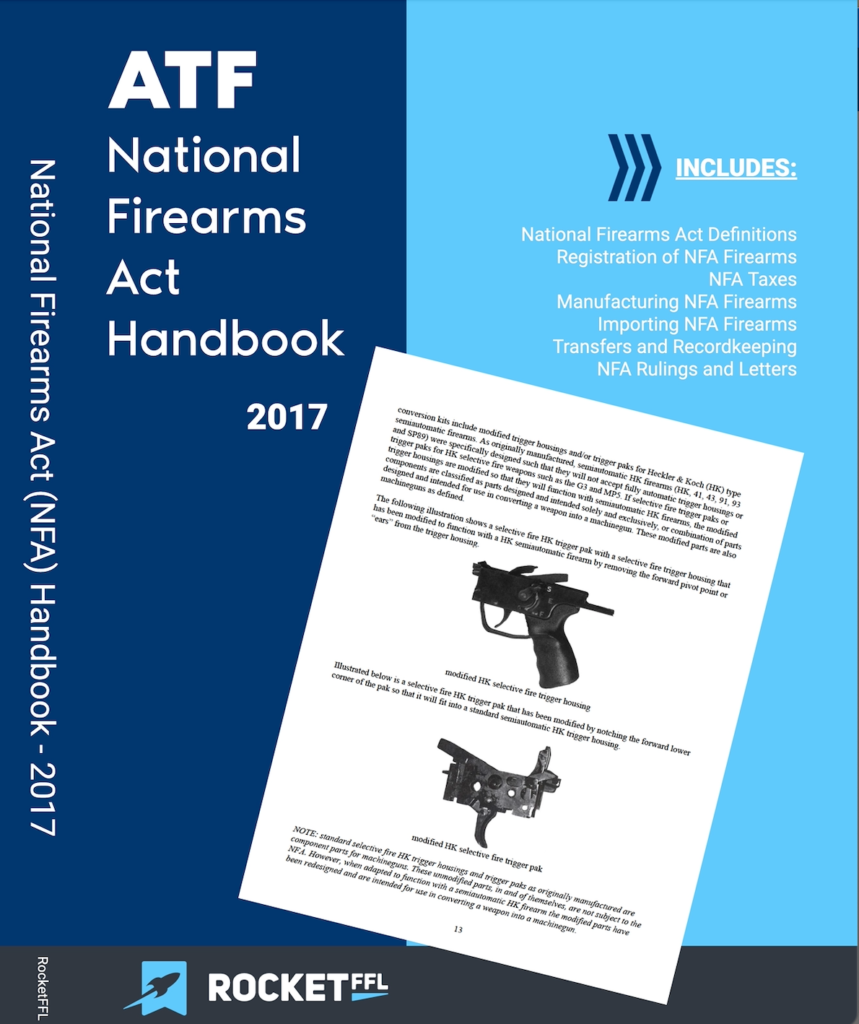
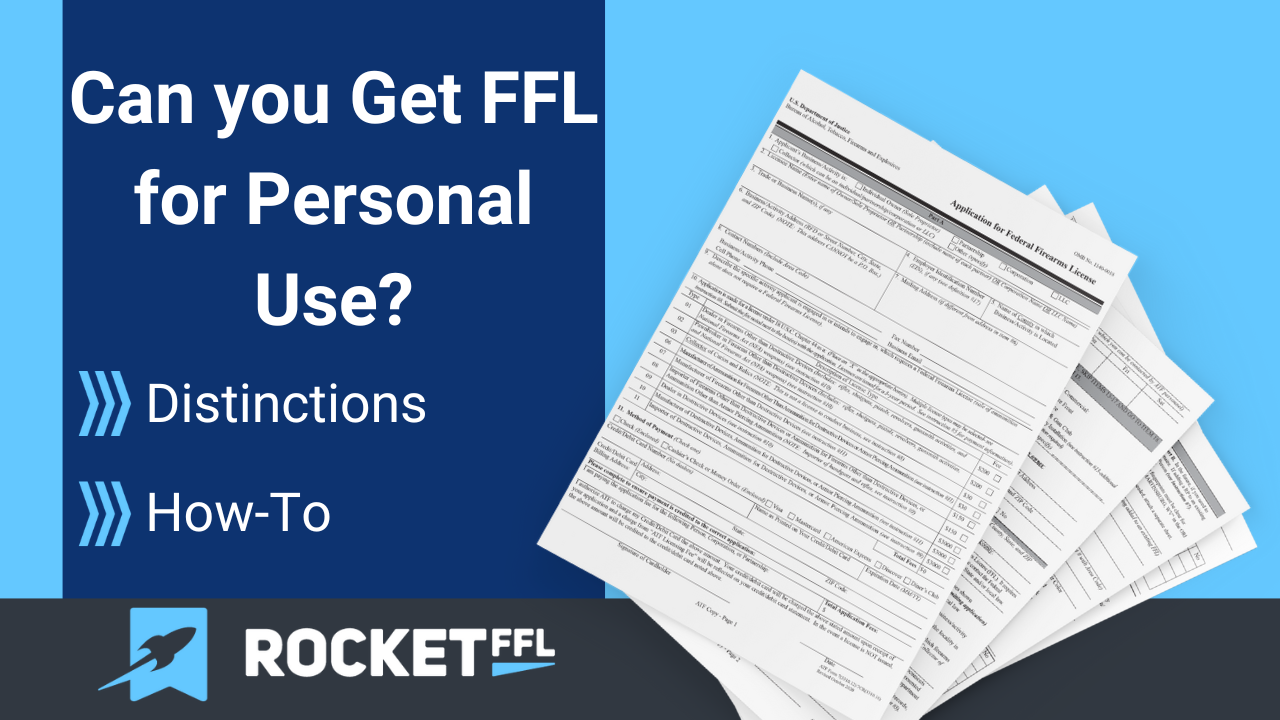
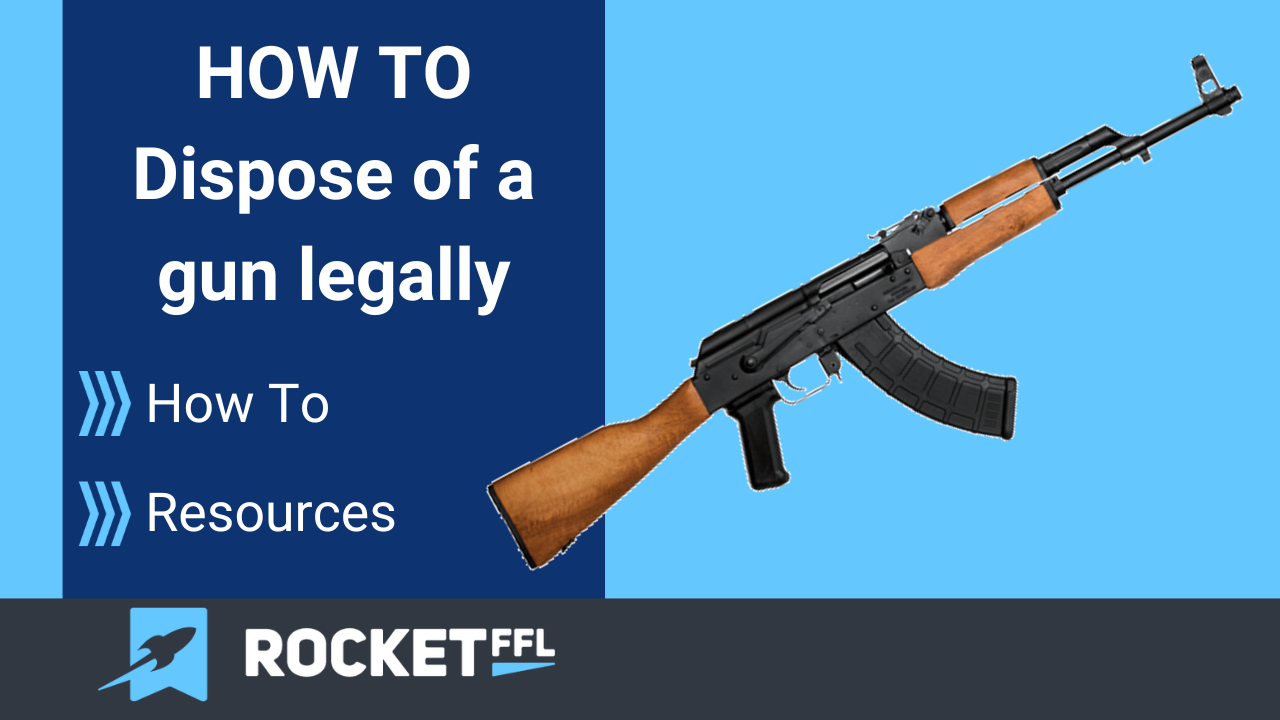
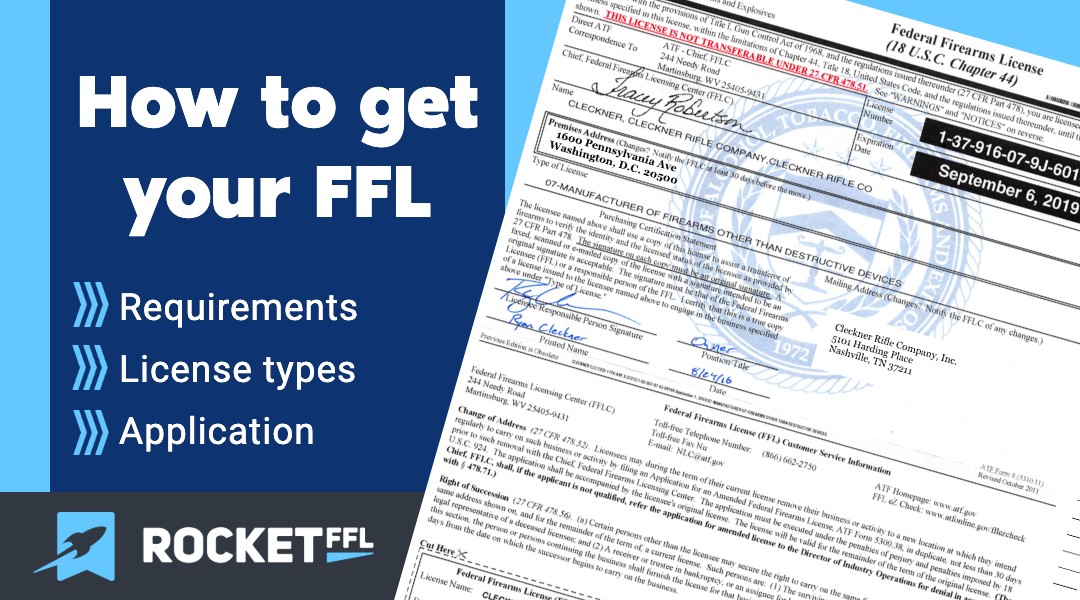
[…] For a more complete explanation of machine gun laws, please see Who Can Own A Machine Gun? […]
Was wondering it says military and law enforcement can own post 1986 Machine gun Or class III weapons. Is it talking about active duty boots on ground or reservist aswell
Neither, it means departments and authorized individuals inside departments to carry or maintain them.
I differ with your definition of what constitutes a machine gun. An automatic rifle capable of firing full auto is not a machine gun if it is magazine fed. A machine gun is belt fed. So, an M-60 firing one bullet at a time is not a machine gun even if it is belt fed.
That’s not what the law says.
That M-60 can fire one round at a time relaseing the trigger, if you hold it down it will cycle any rounds on the belt automatically therefore putting it into the machine gun class. That goes for any firearm that can duplicate this manner cycling ammunition.
It doesn’t matter how the bullets are fed into the chamber, what matters is how many bullets come out when you hold the trigger down, if it continues to feed the bullets as your trigger is held, it’s a fully automatic, machine gun. If you pull the trigger and hold it and only one bullet is fired until you release and then pull the trigger again, firing another single bullet, this is a semi-automatic, meaning it’s loads the next round but it will not fire it until you physically cycle the trigger. So, why are you confused with the difference between automatic(machine gun) and semi automatic single shot automatic reload.
Now that they are going to make Bump Stocks illegal to possess….can we pay the tax to the ATF in order to keep it, if they are classifying it a machine gun?
[…] guns made after 1986 may not be purchased nor possessed by an ordinary civilian. These machine guns may only be purchased or possessed by FFLs or government […]